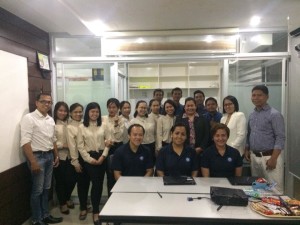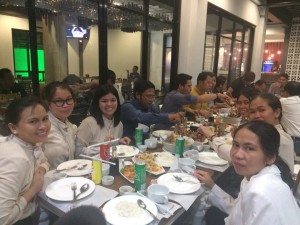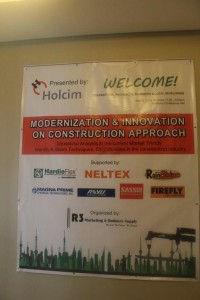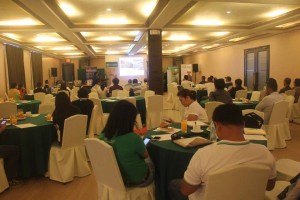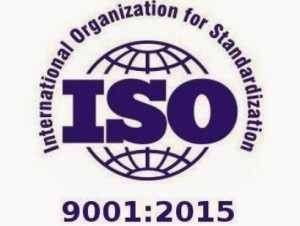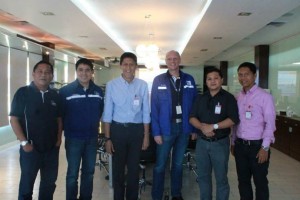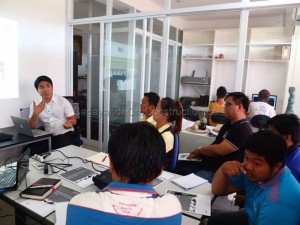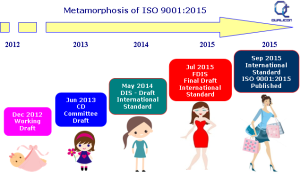 ISO is an independent membership organization and the world’s largest developer of voluntary international standards. ISO 9001 is managed by the International Organization for Standardization in Geneva, Switzerland. It is known and commonly used standard for quality management system.
ISO is an independent membership organization and the world’s largest developer of voluntary international standards. ISO 9001 is managed by the International Organization for Standardization in Geneva, Switzerland. It is known and commonly used standard for quality management system.
A new version of ISO 9001 appears about every seven years. The first standard was issued in 1987 and at that time you had to describe in detail what your business did. In the 1994 version, it was all about “say what you do and do what you say”. The 2000 version was focused on processes in order to continually improve and thereby increase customer satisfaction. There was nothing added in 2008 but it was more precise about the interpretation of the standard. And then on the 23rd of September 2015, ISO 9001:2015 was published.
With the new edition of ISO 9001, the question is what are its differences from the predecessor? For one, ISO 9001:2015 has ten clauses instead of eight. The first three clauses in ISO 9001:2015 are largely the same as those in ISO 9001:2008, but there are considerable differences from the fourth clause onwards. The last seven clauses are now arranged according to the Plan-Do-Check-Act cycle. Clauses 4, 5, 6 and 7 of ISO 9001:2015 come under Plan, clause 8 comes under Do, clause 9 comes under check and clause 10 is covered by Act. With this new procedure, the new ISO 9001 edition strives to give additional momentum to the continuous and systematic improvement of processes within organizations.
ISO 9001:2015 has a high level structure as all standardized management systems. It puts more focus on input and output; measuring and properly assessing the input and output of processes. Risk based thinking is at the core of ISO 9001:2015; encouraging organization to use risk analysis for better management of business processes. Context of the organization is also important for ISO 9001:2015. It now requires an organization to construct its quality management system from the specific context within which it is active. There is extended engagement of interested parties such as the suppliers, personnel, shareholders, legislative bodies, society etc. unlike in the ISO 9001:2008 which was only focused with the customers. Also, there is more emphasis on leadership and management commitment; requiring greater involvement by top managers and business leaders in controlling the quality management system. In ISO 9001:2015, obligatory documented procedures or quality manual is no longer required. It is now referred to as “documented information”; there is no longer any mention of “records” neither, but of “retaining documented information”. There’s also a change of terminologies used in ISO 9001:2015.
Knowing the differences between ISO 9001:2008 and ISO 9001:2015, the question now is, how can companies transition from ISO 9001:2008 to ISO 9001:2015? There are recommended steps to follow in complying with ISO 9001:2015. Assuming a company is already ISO 9001 certified; first, the organization needs to perform baseline measurement; make a complete overview of the quality management status. Secondly, draw up a plan based on the baseline measurement. Then implement changes in accordance with the plan of approach. Fourth step will be the auditing and process analysis. It is to measure whether the changes have had the desired effect. Then have your organization certified according to ISO 9001:2015. Lastly, communicate with interested parties; show your certificate and results with pride. Let them see how well your company or organization manages its processes and continuously improves them.


